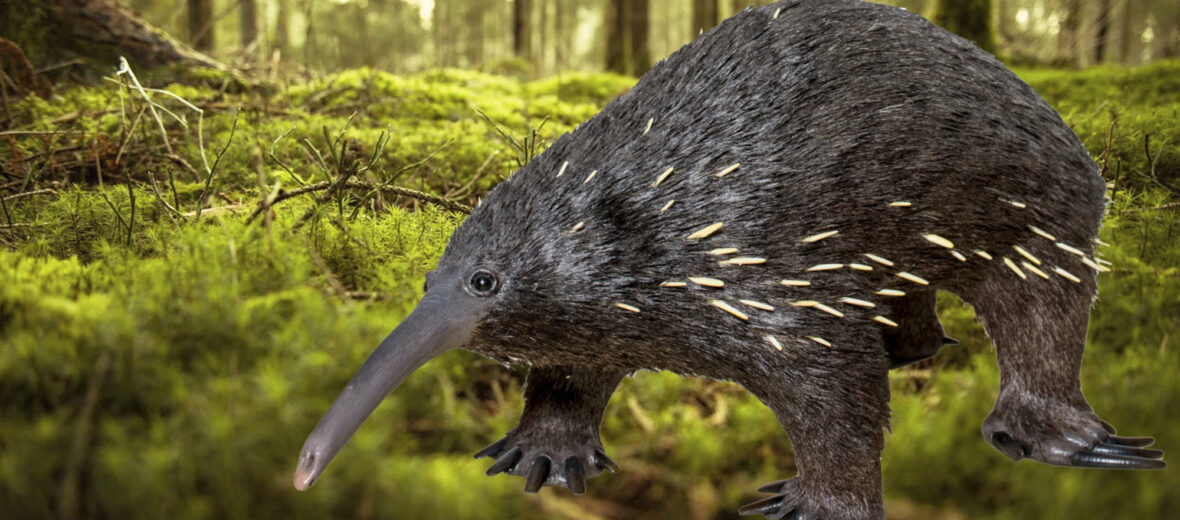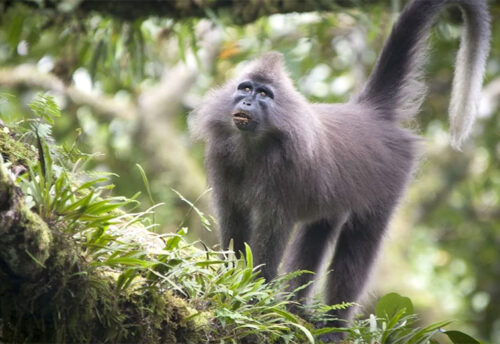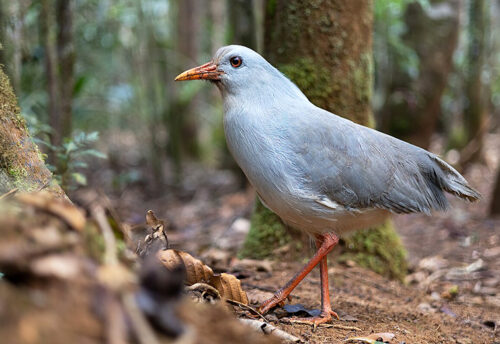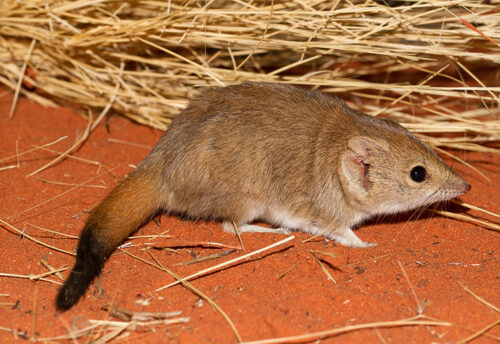
The eastern long-beaked echidna, aka Barton’s long-beaked echidna, hails from New Guinea and prefers sub-alpine forests, tropical hill forests, upland grasslands, and scrub habitats. They can be seen at elevations of up to 13,615 feet. Due to habitat destruction at the hands of mining and agriculture, as well as being hunted and trapped for their meat, these critters are listed as Vulnerable by the IUCN. There numbers are also decreasing.
First the Stats…
Scientific name: Zaglossus bartoni
Weight: Up to 20 lbs.
Length: Up to 39 inches
Lifespan: Up to 30 years
Now on to the Facts!
1.) When threatened, these critters can roll into a ball that wields a host of dorsal spikes.
2.) They prefer dense vegetation and underground burrows for daily protection.
3.) Eastern long-beaked echidnas are solitary and reclusive. This makes it difficult to study them, in the wild.
4.) Long-beaked echidnas are nocturnal (active at night).
5.) Being insectivores (eat insects), they feast on a variety of insects and they also eat earthworms.
But wait, there’s more on the eastern long-beaked echidna!
6.) Mating season takes place from April – May.
7.) Like the platypus, echidnas lay a single egg. This egg hatches in up to 10 days.
Did you know…?
There are only around 10,000 or fewer of these echidnas remaining in the wild, to date.
8.) Once hatched, the baby, known as a puggle, will crawl into mom’s marsupium (pouch) to continue to develop.
9.) The puggle stays in mom’s marsupium for another 6 – 7 weeks. Then leaves the pouch once their defensive spines develop.
10.) Puggles are weaned in about 7 months.
11.) Dingos, goannas, snakes, cats, eagles, foxes, and Tasmanian devils all prey on these echidnas.
Now a Short Eastern Long-Beaked Echidna Video!
This video talks about echidnas, in general.
Be sure to share & comment below! Also, check out the Critter Science YouTube channel. Videos added frequently!
Want to suggest a critter for me to write about? Let me know here.



